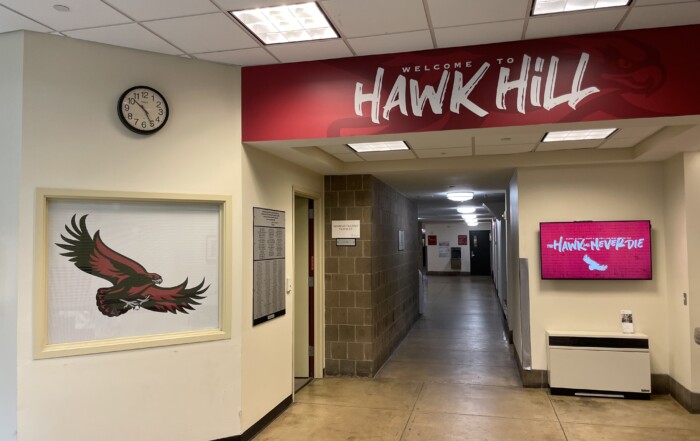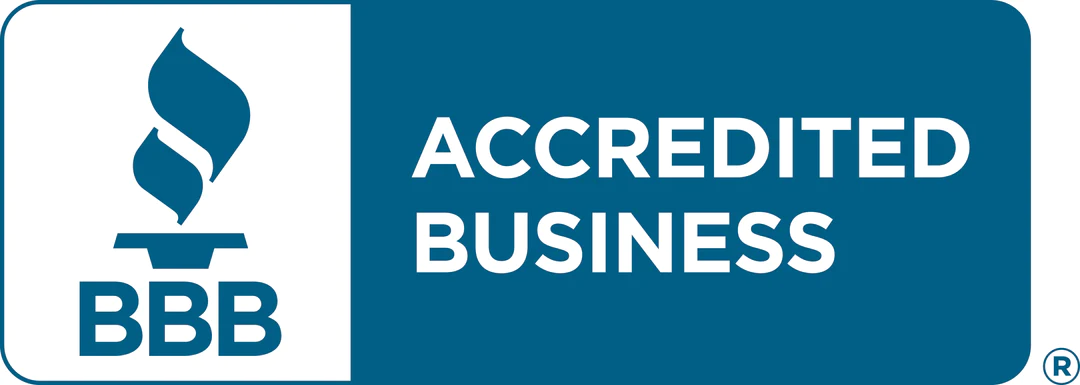College Admissions Tips and Guidance
Early Decision and Early Action: What You Need to Know

Explore Our Articles
Recent Posts
Popular Categories
Get In Touch
On Social
By Phone or Text
(617) 734-3700
By Mail or Email
1678 Beacon Street
Brookline, MA 02445
By Form
Educational Advocates
Our objective is to guide the family in finding options where the student will not only get admitted, but thrive and find success once on campus.
Early Decision and Early Action: What You Need to Know
If you are a senior in high school, you are most likely in the final stages of narrowing your college apply list. You may have noticed that some colleges offer early decision & early action deadlines. Before you decide on a decision plan, it is important to understand the benefits and disadvantages of early applications. Here are some frequently asked questions about early action and early decision:
What is the difference between early action and early decision?

Know the difference between applying early action and early decision as well as the advantages and disadvantages of both.
Early action applications are typically due in early November or December, and students get an admission decision as early as the third week of December. However, students may still apply to other colleges on an early action and regular decision basis, and they decide where they want to matriculate once they receive all of the admission decisions by April 1. Early decision (ED), however, is binding. If a student applies ED, they sign a contract committing to the school. This contract cannot be broken except sometimes in the case of a student not receiving enough financial aid from the college.
What are the advantages of early action and early decision?
It can be a relief for students to apply early action and find out before the holidays that they have been admitted to one school. One former client has this advice for seniors, “Apply to an EA school where you think you will get in and that you like. You will have one application out of the way, plus it will force you to have your essay done by November, which is very important!”
For early decision, some colleges and universities admit a larger percentage of applicants in the early pool than in the regular applicant pool. As a result, it can sometimes be slightly less competitive to get admitted if you apply early decision. Of course, you must fall within the academic profile of typically admitted students and be a viable candidate.
What are the disadvantages of applying early action or early decision?
At certain colleges such as Villanova or University of Massachusetts, Amherst, applying early action can be more competitive since they hold early applicants to a higher standard than those in the regular applicant pool. Therefore, it is important to carefully review the college’s early policies on the website and to call or email the admissions office with any questions.
The risks for early decision are that sometimes students decide to apply ED for the wrong reasons. Students who are stressed by the burden of completing applications sometimes see ED as a way to get an answer fast and get the process over with. However, since students do not receive a decision until two weeks before most other college deadlines, they leave themselves very little time to complete other applications if the decision from the ED school is a disappointing one. (This is why we require our clients to complete all other applications by early December so they are ready to submit at the tap of a button if necessary.) For some students, applying ED narrows their options too early. Many seniors report that they changed their perspectives about colleges more than they anticipated between fall and spring of senior year. Those that have applied ED and get admitted must withdraw all other applications and commit to the ED school. Sometimes students get “buyer’s remorse” and wish they had not committed to one option so early. Students must be absolutely sure that their ED school is an excellent fit for them, and if they are not sure of this, then ED may not be the right option.
The effect on aid awards is another disadvantage. Unless you are accepted into a college that guarantees to meet financial need with grants instead of loans, you risk getting a poor financial aid package or little merit money when you apply ED. While this is not the case at all colleges, less wealthy institutions have little incentive to award grants to a student if they are committed to coming anyway. In short, ED is sometimes only an option for those who can afford to pay a significant percentage or even the full cost of attendance.
The Perils of Overshooting During Early Decision
Sometimes students decide to use early decision to apply to colleges where their chance of admission is very low. For example, a student may fall in the lower range of previously admitted accepted students to Georgetown University, which has an overall 13 percent admit rate. This may backfire, if, for example, the student is on the border for admission to a couple of other favorite schools such as Villanova (21.6 percent admit rate) or Wake Forest (21 percent acceptance rate). With many colleges filling close to or more than half of their freshmen classes in the early decision rounds, the colleges where the student may have been more likely admitted during early decision become much more competitive and unlikely during the regular decision round. Villanova filled nearly 45 percent of the class last year during the early decision rounds, and Wake Forest 53 percent in 2021 (last published data), leaving the competition for seats in the regular decision much stiffer.
Get More Information and Take Virtual Visits – If you like what you learned about the college from your tour of the website, add yourself to the mailing list or register for an online information session and/or tour. Track which colleges factor “demonstrated interest” into their admission decisions. Online and campus interviews let the college know you are interested which can help them take your application more seriously.
For more information on how we can support you during the college admissions process, schedule a call with us here.









